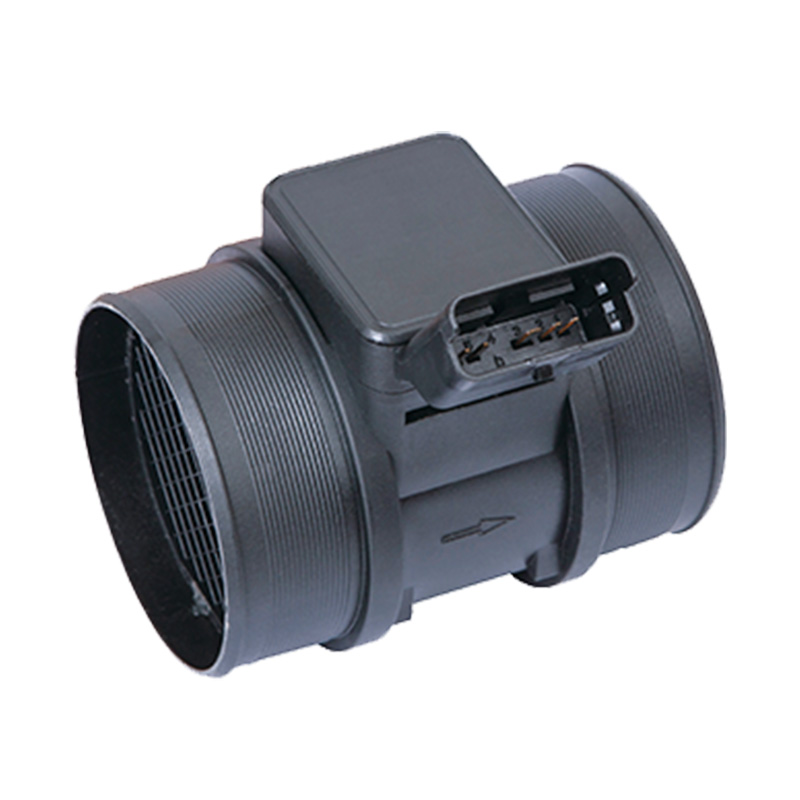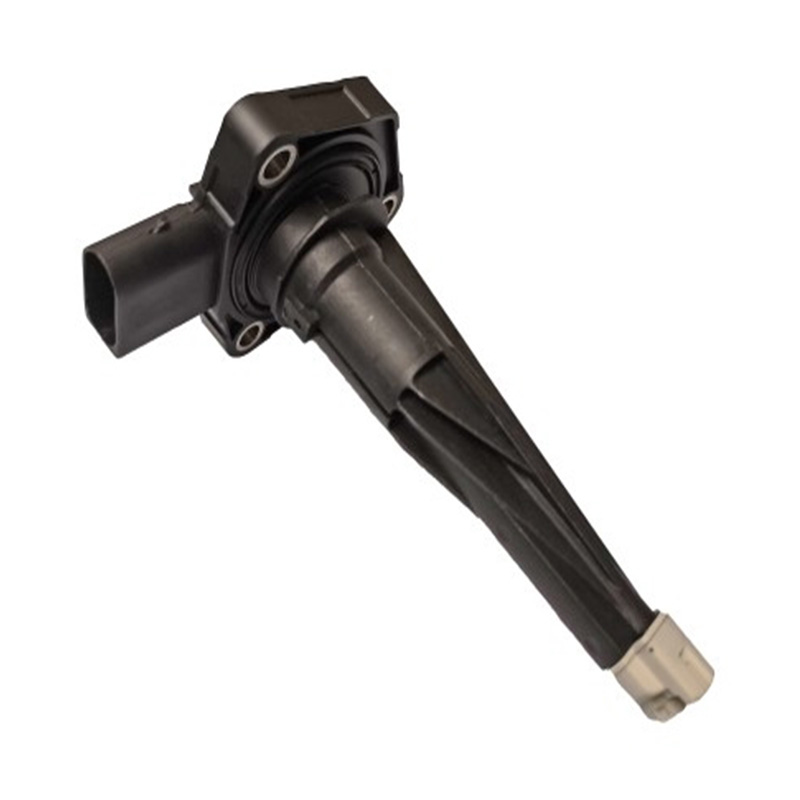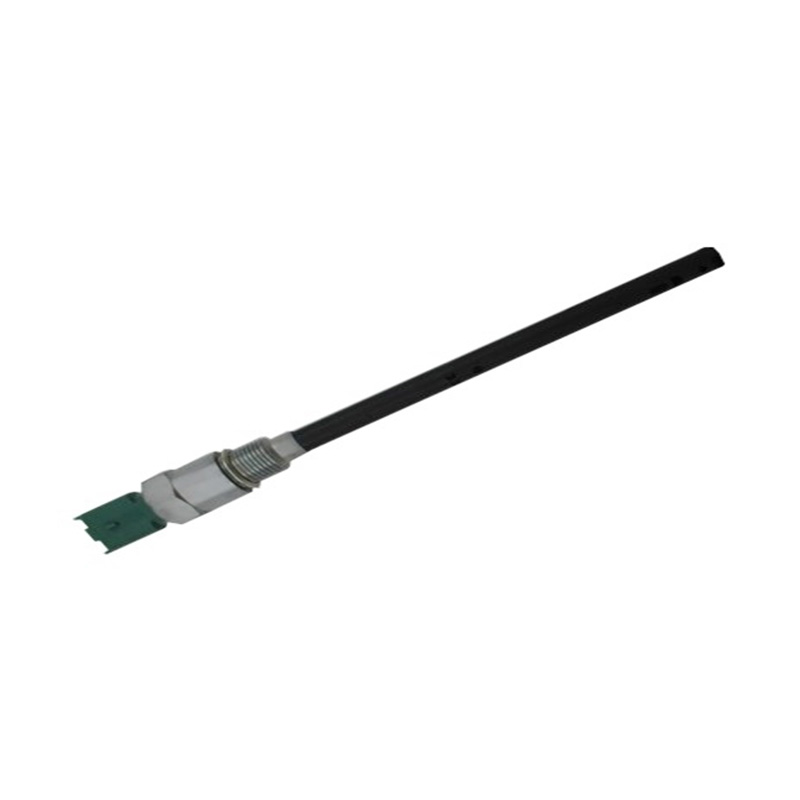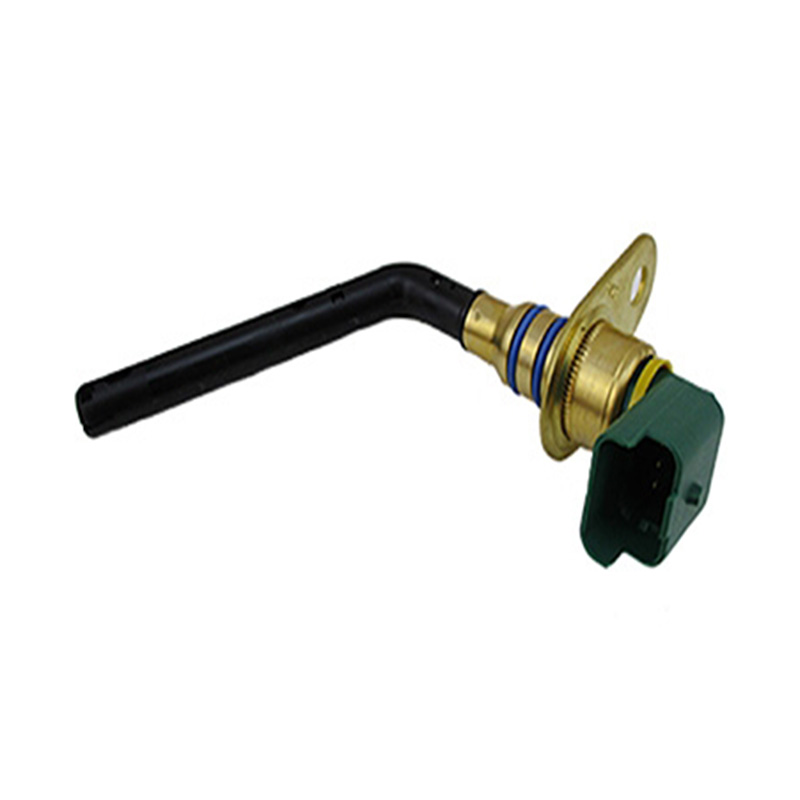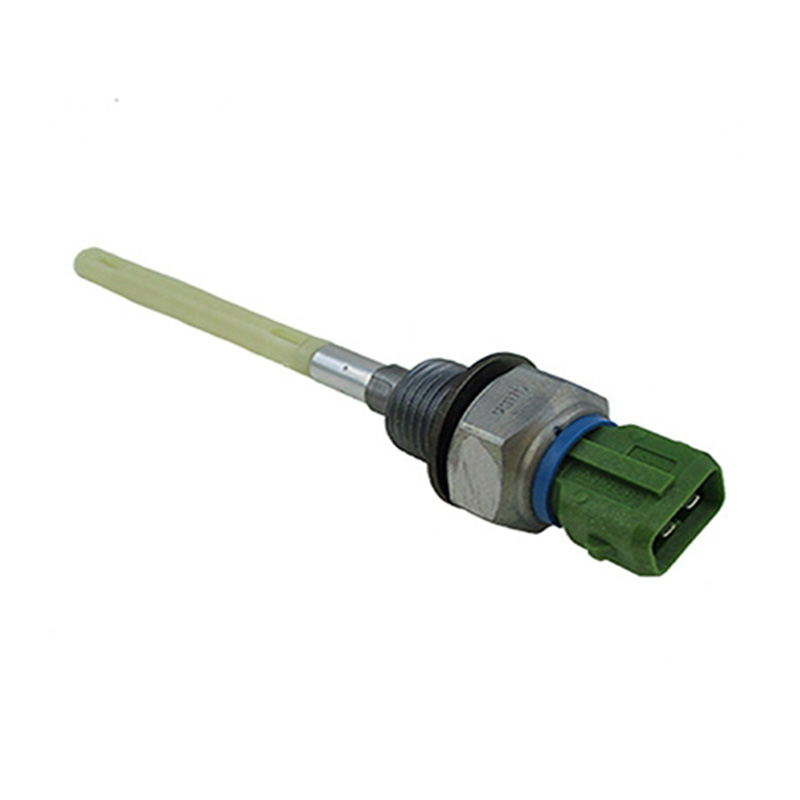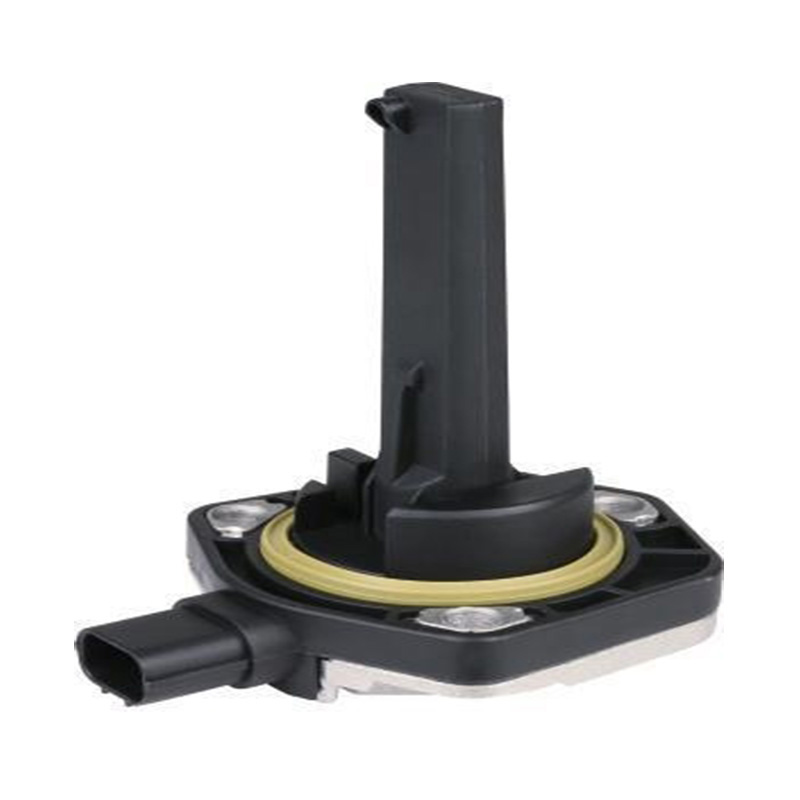OEM.NO: 5WK9623 5WK9623Z
See DetailsKey Features of a Reliable Mass Air Flow Meter
In modern automotive systems, accurate control of the air-fuel mixture is essential for smooth engine operation and fuel efficiency. One of the devices responsible for measuring the amount of air entering the engine is the Mass Air Flow Meter. This component plays a vital role in maintaining balanced performance, reducing emissions, and supporting engine response under different driving conditions. To perform these functions well, a Mass Air Flow Meter must include several important features that ensure accuracy and durability.
The core function of a Mass Air Flow Meter is to measure the mass of air flowing into the engine’s intake system. This data is sent to the engine control unit (ECU), which uses the information to adjust fuel injection rates. A reliable meter ensures that the air-fuel mixture remains consistent, helping the engine deliver steady power while maintaining fuel economy.
One of the primary features of a dependable Mass Air Flow Meter is its sensing element. The sensor inside the meter must accurately detect even slight changes in airflow and temperature. Many devices use either a hot wire or hot film sensor element, which measures how quickly the airflow cools a heated component. The faster the air passes over the sensor, the greater the cooling effect, which the meter converts into an electrical signal for the ECU. Consistent, precise readings depend on the quality and sensitivity of this sensing element.
Another important characteristic of an Air Flow Meter is its durability in harsh environments. Positioned in the vehicle’s intake system, the meter is exposed to dust, dirt, oil vapors, and varying temperatures. A reliable meter uses materials that resist corrosion and heat-related damage. Protective coatings or special housing designs help shield the internal components from contamination and mechanical wear, extending the operational life of the meter.
Response speed is a feature that affects the meter’s ability to adjust to rapid changes in engine load. A good Mass Air Flow Meter must quickly detect variations in airflow caused by acceleration, deceleration, or sudden throttle changes. This quick response ensures that the ECU can modify fuel delivery in real time, reducing engine hesitation and maintaining stable operation under all driving conditions.
Another key element is measurement range. A quality Mass Air Flow Meter should be capable of detecting airflow rates from idle to wide-open throttle without losing accuracy. The meter’s design and sensor calibration must allow it to provide correct readings whether the engine is idling in traffic or working hard at highway speeds. A wide and accurate measurement range makes the meter suitable for various engine sizes and types.
Ease of installation and compatibility with different vehicles are additional features valued by automotive technicians. A reliable Mass Air Flow Meter typically comes with mounting points, electrical connectors, and sensor designs that fit multiple vehicle models. This allows repair shops and maintenance teams to replace faulty meters quickly without making extensive modifications to the intake system.
Signal stability is another crucial factor. Fluctuating or unstable signals can cause incorrect air-fuel ratios, resulting in increased fuel consumption, poor throttle response, or engine stalling. A well-designed Air Flow Meter reduces electrical interference and delivers a steady, accurate signal to the ECU, even in challenging engine bay conditions.
Maintenance requirements also affect the reliability of a Mass Air Flow Meter. Since dirt and oil particles can settle on the sensor element, reducing measurement accuracy, many meters are designed with self-cleaning functions or easy-to-access components for routine inspection and cleaning. This helps maintain the meter’s performance over time without requiring frequent replacement.
In addition, many modern vehicles include onboard diagnostic systems that monitor the Mass Air Flow Meter for faults. A quality meter is designed to work reliably within these systems, reducing the risk of false fault codes or engine warning lights triggered by minor sensor irregularities.
Another feature to consider is temperature compensation. As ambient air temperature affects air density, a good Air Flow Meter includes built-in temperature sensors or compensation algorithms. This allows the meter to adjust its readings based on current air temperature, improving measurement accuracy and ensuring better fuel management under different weather conditions.
Vibration resistance is important because the Mass Air Flow Meter is mounted on the engine or intake system, where it encounters continuous vibrations. A sturdy design with secure internal mounting and shock-resistant materials helps the meter maintain accurate readings in dynamic environments.
